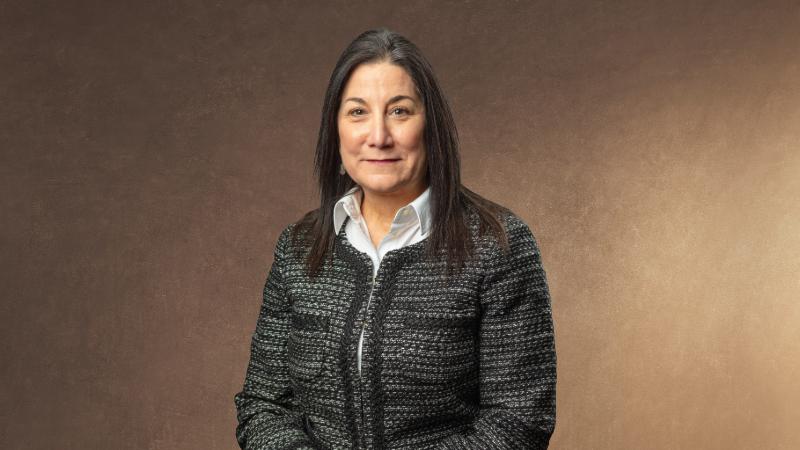
Dale Koch, PT, MS, NCS is a physical therapist at St. Peter’s Health. He is a board certified specialist in Neurologic Physical Therapy, LSVT BIG certified and a credentialed clinical instructor. He provides care at the St. Peter’s Health Physical Rehabilitation - Regional Medical Center location.
May 10, 2023
Did you know that every 40 seconds, someone in the United States has a stroke? According to the Centers for Disease Control, there are many factors that may increase the risk of stroke, including things like age and health conditions like high blood pressure. Strokes can happen in one of two ways. First is when the blood supply to the brain is blocked. Second is when a blood vessel in the brain bursts. This causes brain tissue to die, which can cause brain damage, disability and death.
Strokes can have a profound effect on the patient’s life, causing long-term impairments to speech, restricted physical abilities, weakness or paralysis of the limb(s), difficulty gripping or holding things and a slowed ability to communicate. Early detection and timely medical intervention play a key role in improving survival rates and reducing impacts of a stroke.
Because May is National Stroke Awareness Month, I’m highlighting an important way to help learn the signs of stroke so you can take quick action to get help for someone who may be experiencing a stroke. One quick way to help remember the signs of stroke is Be Fast.
- B is for balance. Has there been a loss of balance, headache or dizziness?
- E is for eyes. Is there blurred vision?
- F is for face. Is one side of the face drooping?
- A is for arms. Is there weakness in the arms or legs?
- S is for speech. Is speech difficult?
- T is for time. If there are any symptoms and you think someone is having a stroke, call 9-1-1 immediately.
Quick emergency medical treatment is very important for someone suffering from a stroke. Every minute counts and stroke outcomes depend on how fast someone gets to the hospital.
While you can help by remembering to Be Fast, physical rehabilitation therapists like myself are specially-trained to provide important ongoing treatment for patients recovering from a stroke. Part of our job is to help patients recover by providing early and intense multi-disciplinary care. A patient who has had a stroke might work with several different therapists.
Speech therapists work to improve memory and cognition, swallowing, eating, receptive and expressive speech and language. Occupational therapists work to help patients return to daily living tasks, including dressing, bathing, showering, cooking and cleaning. Physical therapists work to improve bed mobility, transfers, gait coordination and balance, return to work, or hobbies and strength training.
Combined with quick emergency medical treatment, this multi-disciplined approach to rehabilitation helps improve recovery for patients who have had a stroke.


